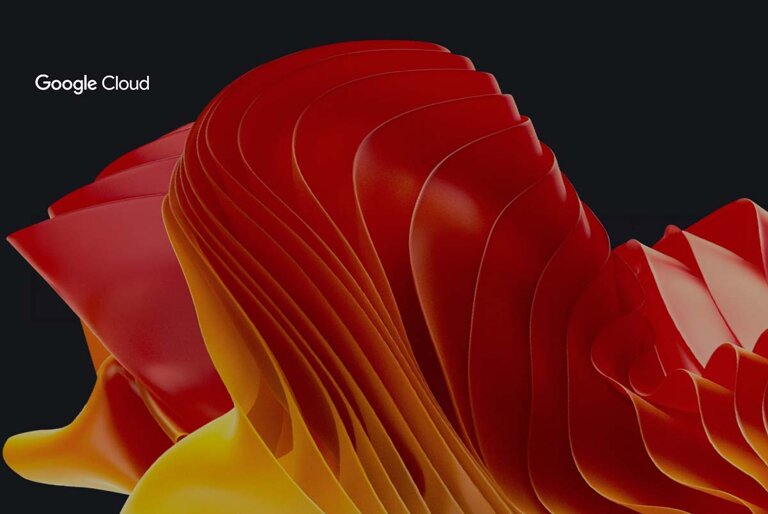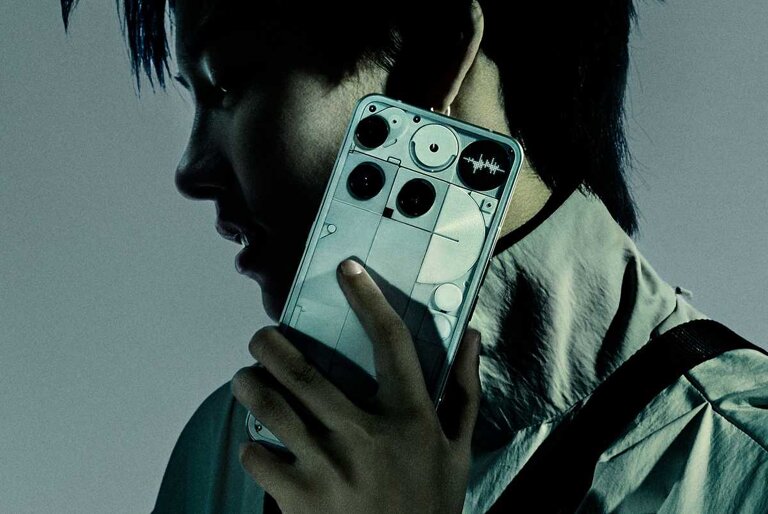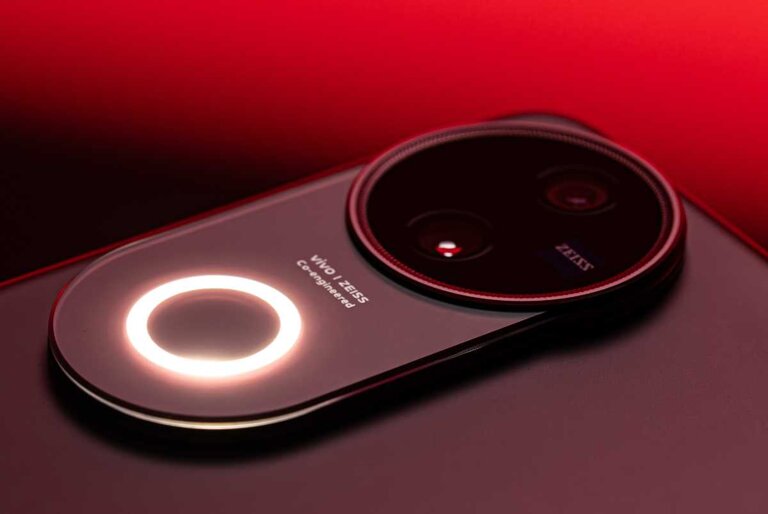Google is pushing the boundaries of AI with the introduction of Imagen 3 and Veo, two new image and video-generative AI models for its Vertex AI platform.
Imagen 3 is the latest iteration of Google’s text-to-image model. It boasts improved image quality, reduced artifacts, and enhanced detail, making it capable of generating highly realistic images from simple text prompts.
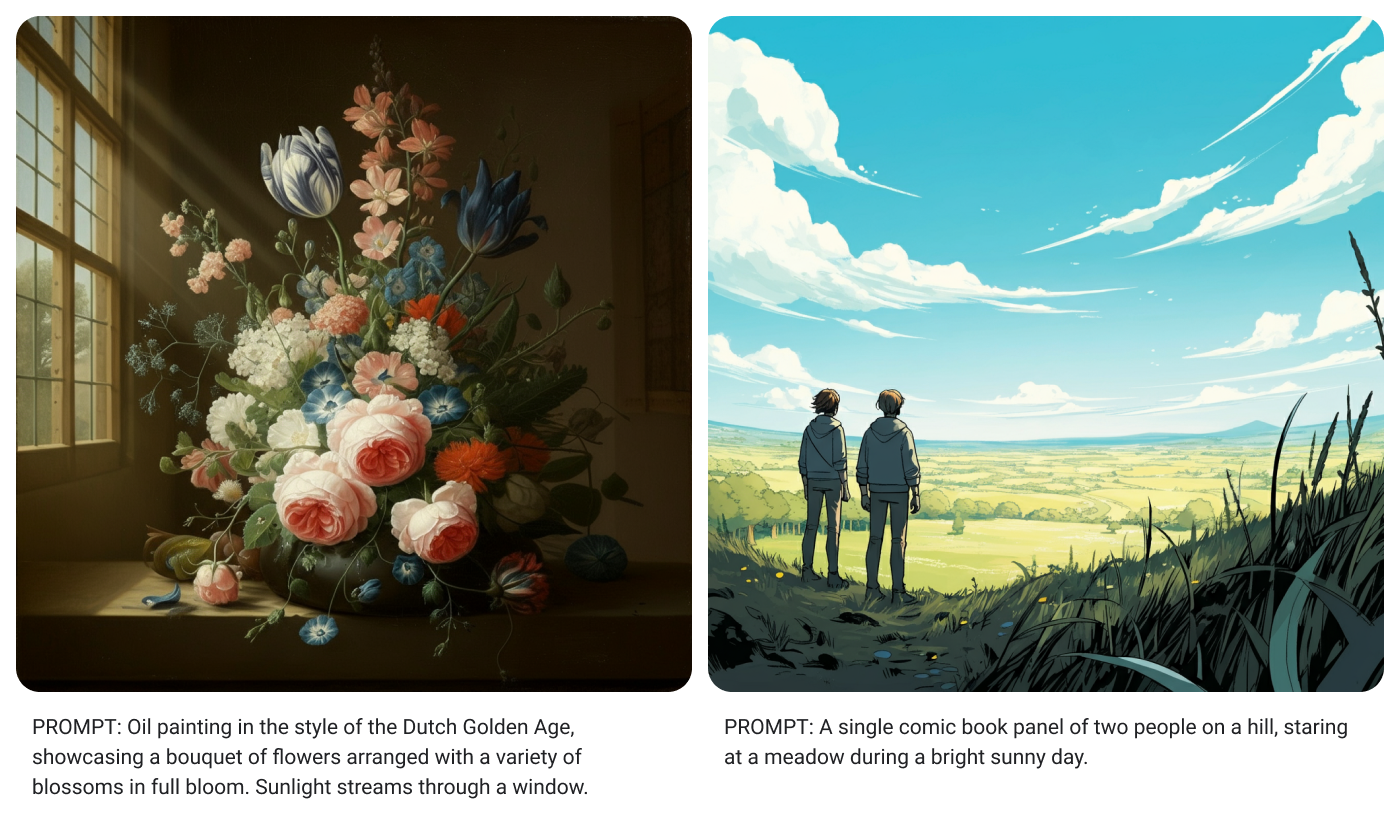
The key features include enhanced image quality, which produces more detailed and photorealistic images and reduced artifacts that minimize visual imperfections. Additionally, it offers inpainting and outpainting capabilities, allowing users to edit existing images by adding or removing elements.
The product background removal feature automatically eliminates backgrounds from product images, and customization options enable users to train the model on their data to create unique images.
Veo, Google’s video generation model, takes AI-powered creativity to the next level. It can animate static images, generate videos from text prompts, and even create entire video sequences.
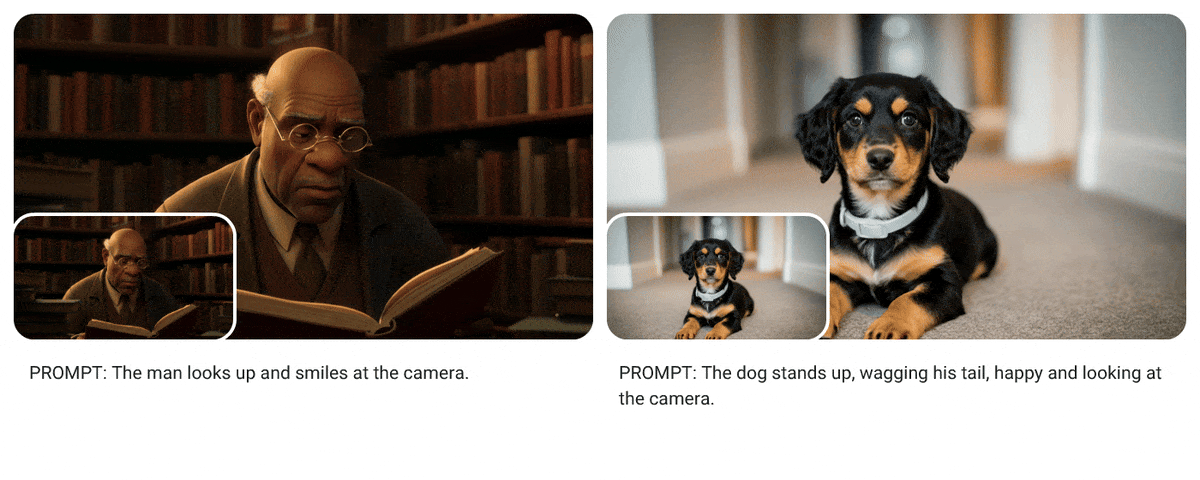
Its key features include enhanced visual storytelling, image animation, and text-to-video generation. With image animation, users can bring static images to life, creating realistic movements that engage audiences. Additionally, the text-to-video generation feature allows for seamless transformation of written content into dynamic videos
Both Imagen 3 and Veo are powered by Google’s Vertex AI platform, which makes them accessible to a broad range of users. The content created by these tools is embedded with invisible watermarks from Google DeepMind’s SynthID.
Additionally, they come with built-in safeguards to help prevent the creation of harmful content. Moreover, Google did not utilize customer data to train its models.
Source
Images: Google


